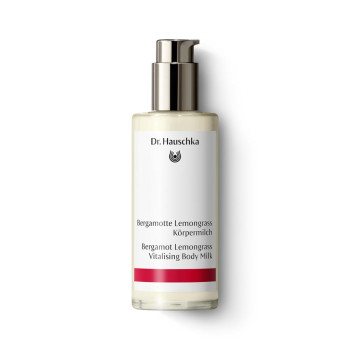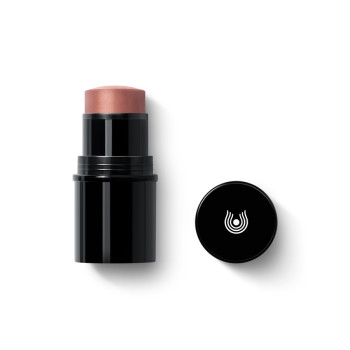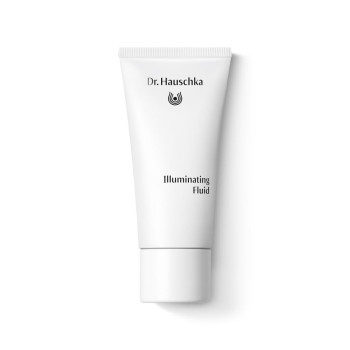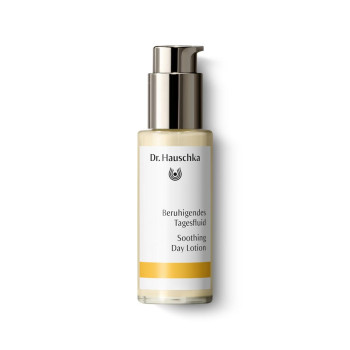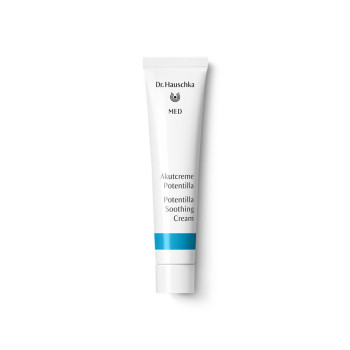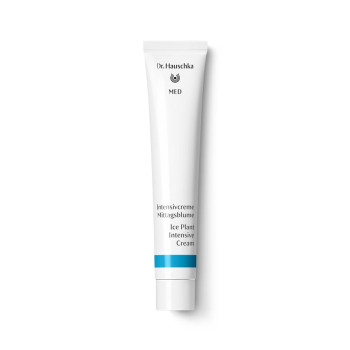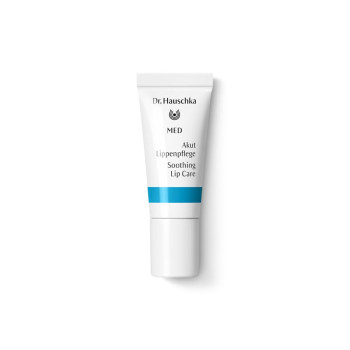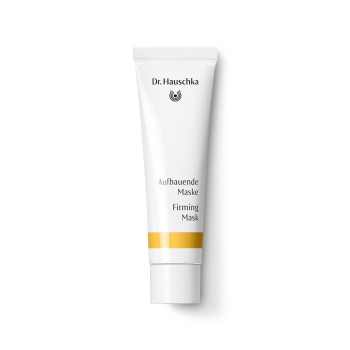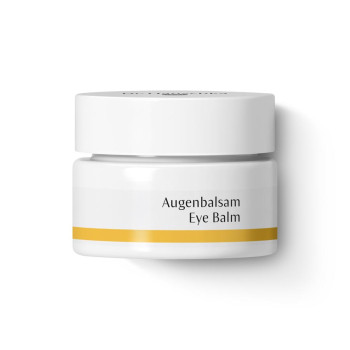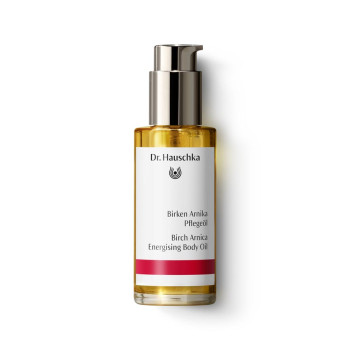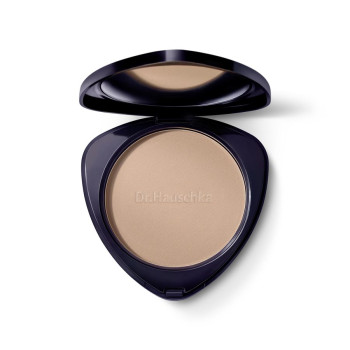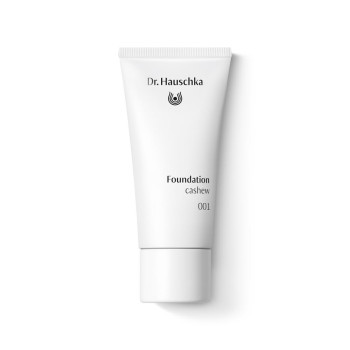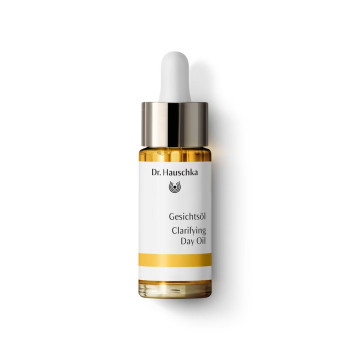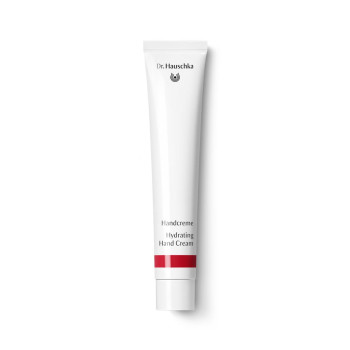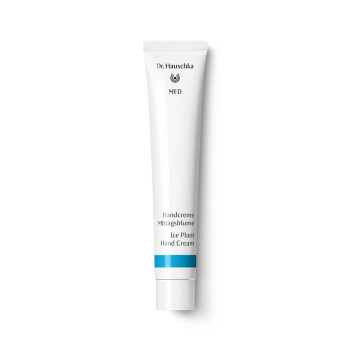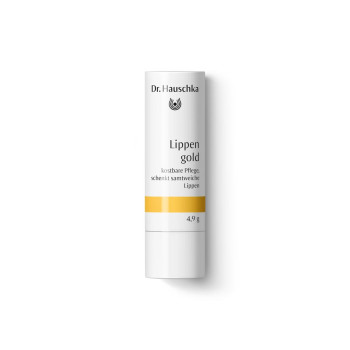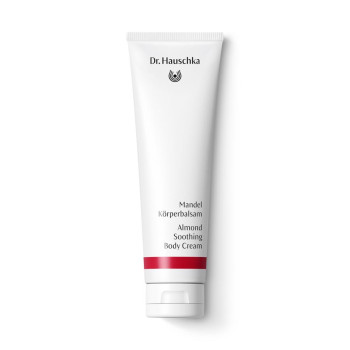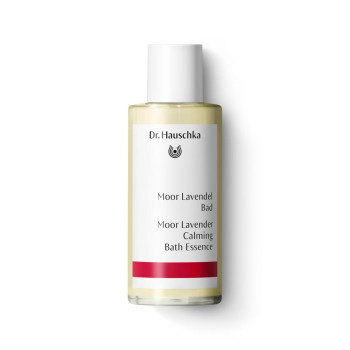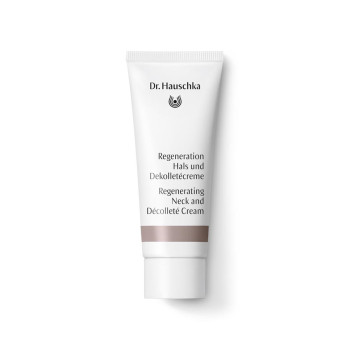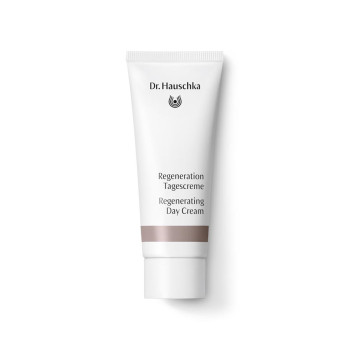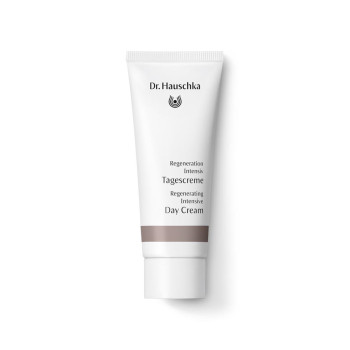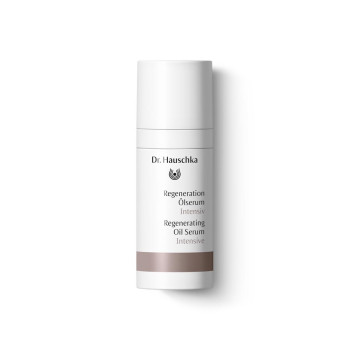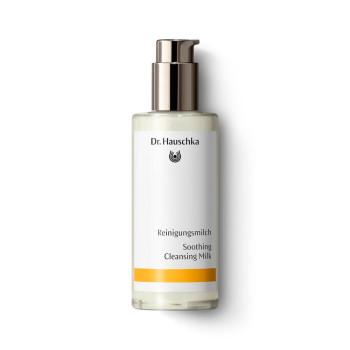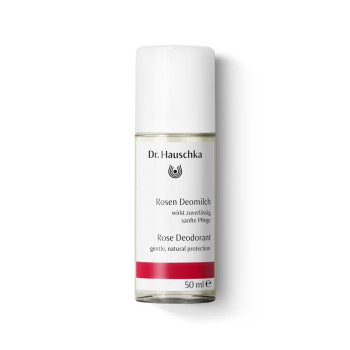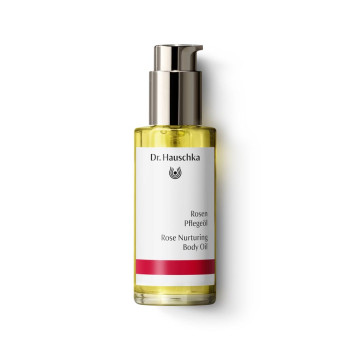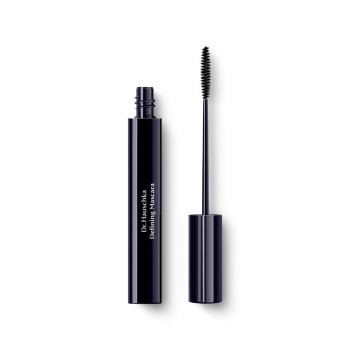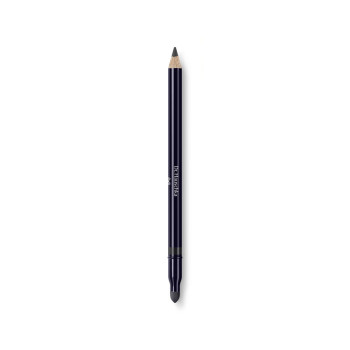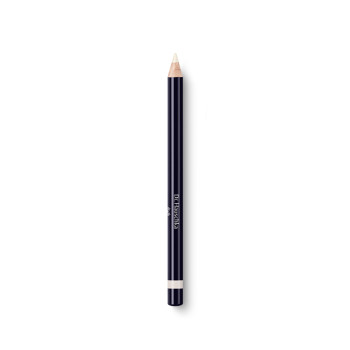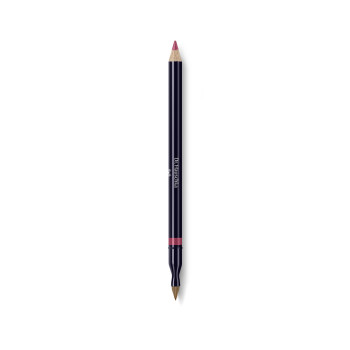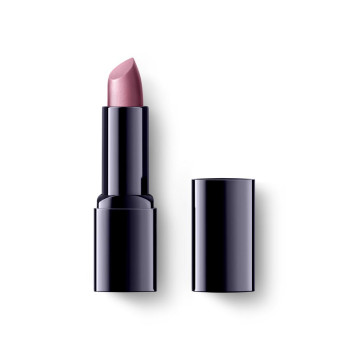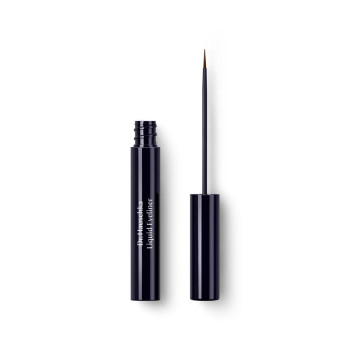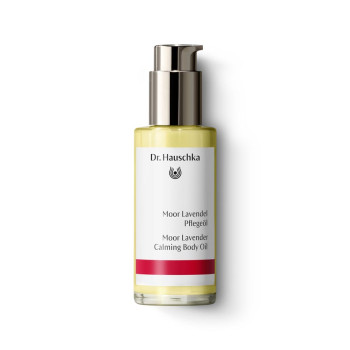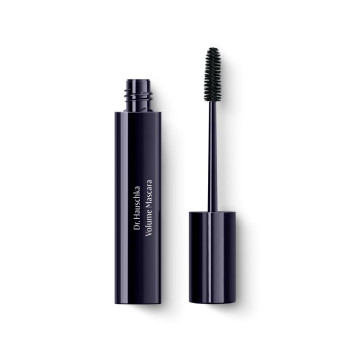
Jojoba
Synonyms: none
Scientific Name: Simmondsia chinensis
Family: Simmondsiaceae
Habitat
Desert regions of Mexico, California and Arizona.
Constituents
Nuts: 50 to 60 % liquid wax (wax that is liquid at room temperature), provitamin A and vitamin E.
Description
Jojoba is a real marvel in dealing with extremes. The evergreen shrub which can reach a height of up to 3 metres grows in desert regions with night time temperatures between 0 and 5°C and daytime temperatures of up to 45°C. It can only survive these conditions with the help of its tap roots which grow to a depth of up to 4 metres and draw water from the deepest layers of the earth and through its leaves which are specially adapted to cope with the dryness. The woody shrub has long narrow leaves with a leathery surface and hairy covering which help prevent water loss. The plant is dioecious. That means there are male plants that produce pollen and female plants that produce inconspicuous flowers which develop into the brown, acorn-shaped jojoba nuts after wind-pollination. In spite of their extreme habitat jojoba bushes can become as old as 200 years.
Interesting Facts
The name jojoba was derived by the Spaniards from the word jojowi in the language of the North American Papago. The scientific name Simmondsia was chosen in honour of the natural scientist F.W. Simmonds. The designation chinensis is the relict of a mistake: originally it was thought that the jojoba bush came from China. Its scientific name used to be Buxus chinensis. This name is still found today in the lists of ingredients on skin care products, the so-called INCIs.
The jojoba oil obtained from the nuts was used in many ways by different indigene people of North America. The Apache used the oil to treat pain while Papago used it to cure stomach disorders. Jojoba oil played an important role in skin and hair care. Jojoba nuts were used raw or roasted as ingredients for various dishes or ground to make beverages. Jojoba did not reach Europe until the 18th century.
Through its special wax-like structure jojoba oil cannot oxidise and therefore has considerably less tendency to become rancid than other oils. It can withstand temperatures of up to 300°C.
The jojoba bush provides important protection against soil erosion in the extremely dry regions where it grows.
The plant in our products
With so many good skin caring properties it is hardly surprising that jojoba oil is used as the base of most Dr. Hauschka skin care products. It is contained in:
Jojoba wax is obtained by chemically combining jojoba oil with hydrogen. It has the same skin-nurturing properties as jojoba oil and also lends skin care products a good consistency. Dr Hauschka products containing Jojoba wax:


